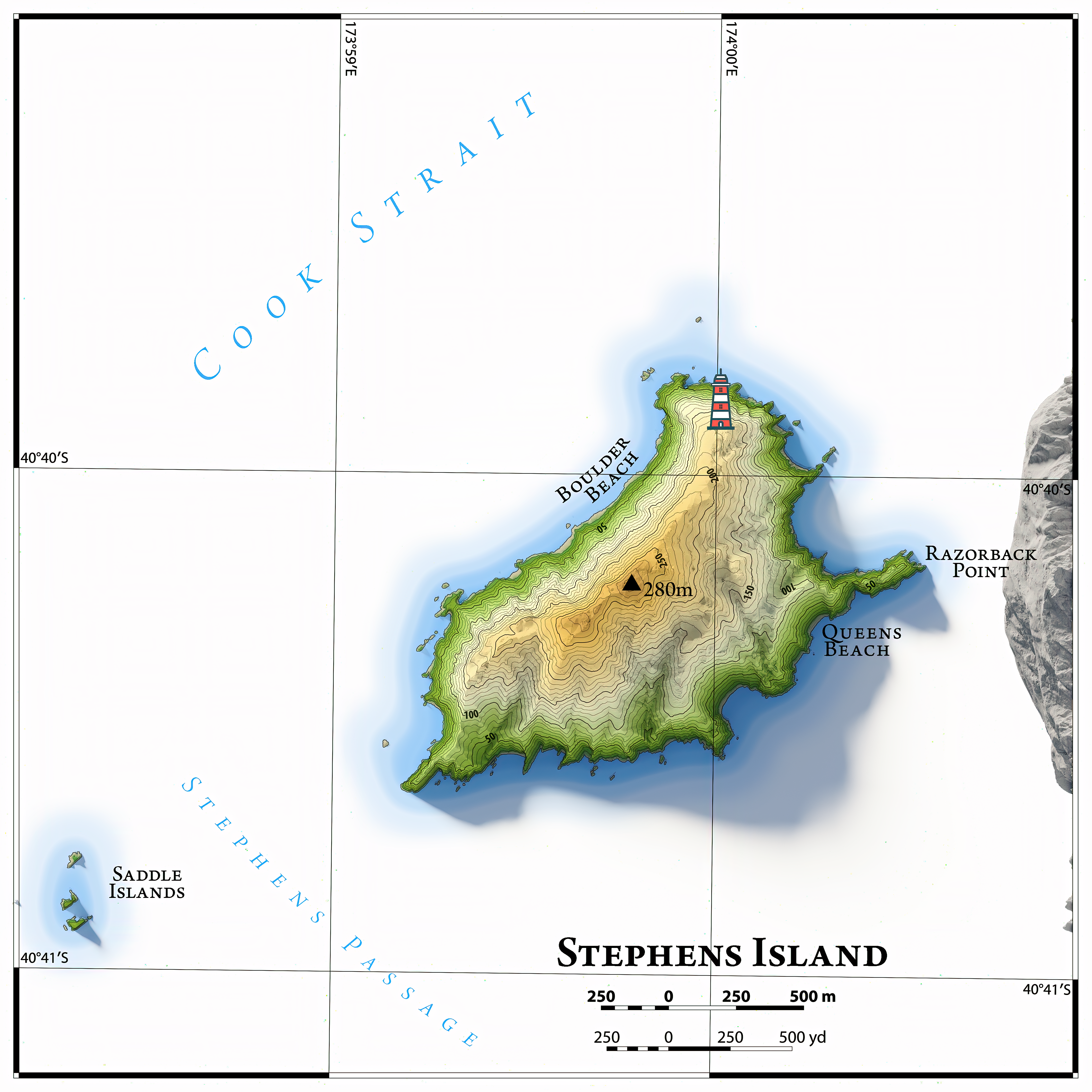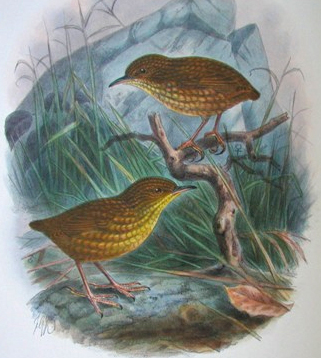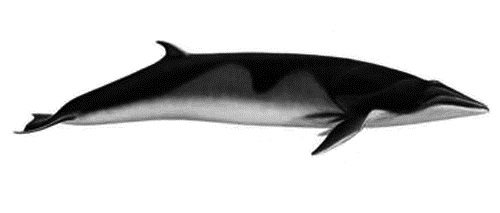|
Stephens Island, New Zealand
Stephens Island () is at the northernmost tip of the Marlborough Sounds in the South Island of New Zealand. It lies two kilometres to the northeast of Cape Stephens, the northernmost point of D'Urville Island. The island is in size, and rises high from the sea. History The island was owned by the Ngāti Koata iwi but was taken by the government to build a lighthouse in 1891. The Māori people, Māori called it Takapourewa ("around the tower") but explorer James Cook, Captain Cook renamed it Stephens Island in 1770 after Sir Philip Stephens, 1st Baronet, Sir Philip Stephens, Secretary of the Admiralty. The island featured in local mythos as the place where a local lighthouse keeper's cat, named Tibbles, was claimed to have caused the extinction of Lyall's wren in 1894. However, this belief was an erroneous urban legend.Medway, D.G. (2004) The land bird fauna of Stephens Island, New Zealand in the early 1890s, and the cause of its demise. ''Notornis'', 51:201–211. While ... [...More Info...] [...Related Items...] OR: [Wikipedia] [Google] [Baidu] |
Māori Language
Māori (; endonym: 'the Māori language', commonly shortened to ) is an Eastern Polynesian languages, Eastern Polynesian language and the language of the Māori people, the indigenous population of mainland New Zealand. The southernmost member of the Austronesian language family, it is related to Cook Islands Māori, Tuamotuan language, Tuamotuan, and Tahitian language, Tahitian. The Māori Language Act 1987 gave the language recognition as one of New Zealand's official languages. There are regional dialects of the Māori language. Prior to contact with Europeans, Māori lacked a written language or script. Written Māori now uses the Latin script, which was adopted and the spelling standardised by Northern Māori in collaboration with English Protestant clergy in the 19th century. In the second half of the 19th century, European children in rural areas spoke Māori with Māori children. It was common for prominent parents of these children, such as government officials, to us ... [...More Info...] [...Related Items...] OR: [Wikipedia] [Google] [Baidu] |
Ecological Island
An ecological island is a term used in New Zealand, and increasingly in Australia, to refer to an area of land (not necessarily an actual island) isolated by natural or artificial means from the surrounding land, where a natural micro-habitat exists amidst a larger differing ecosystem. In New Zealand the term is used to refer to one of several types of nationally protected areas. In artificial ecological islands (also known as mainland islands): * all non-native species (at least predator species) have been eradicated, * native species are reintroduced and nurtured, and * the natural or artificial border is maintained to prevent reintroduction of non-native species. The ultimate goal is to recreate an ecological microcosm of the country as a whole as it was before human arrival. There is usually provision for controlled public access, and scientific study and research. The definition does not include land within a fence erected to: * protect farm animals from wild predators * prot ... [...More Info...] [...Related Items...] OR: [Wikipedia] [Google] [Baidu] |
List Of Islands Of New Zealand
New Zealand consists of more than six hundred islands, mainly remnants of Zealandia, a larger land mass now beneath the sea. New Zealand is the List of island countries#UN member states and states with limited recognition, sixth-largest island country, and the third-largest located entirely in the Southern Hemisphere. The following is a list of islands of New Zealand. The two largest islands – where most of the population lives – have names in both English and in the Māori language. They are the North Island or ''Te Ika-a-Māui'' and the South Island or ''Te Waipounamu''. Various Māori iwi sometimes use other names, with some preferring to call the South Island ''Te Waka o Aoraki''. The two islands are separated by the Cook Strait. In general practice, the term ''mainland'' refers to the North Island and South Island. However, the South Island alone is sometimes called "the mainland" – especially by its residents, as a nickname – because it is the larger of the two ma ... [...More Info...] [...Related Items...] OR: [Wikipedia] [Google] [Baidu] |
Cats In New Zealand
Cats are a popular pet in New Zealand. Cat ownership is occasionally raised as a controversial environmental issue, conservation issue due to the Cat predation on wildlife, predation of endangered species, such as birds and lizards, by feral cats. Population of cats The domestic cat (''Felis catus'') first arrived at New Zealand on James Cook, Captain James Cook's ship ''HMS Endeavour'' in the mid-18th century, but were established by European settlers a century later. Domestic cats Companion animals are popular in New Zealand, with 60% of households having either a cat or a dog. In 2020, Companion Animals New Zealand reported that there are around 1.2 million domestic cats in New Zealand, with around 41% of households having at least one cat. Trends in cat ownership are: Stray and feral cats The estimated populations of stray and feral cats are 200,000 and 2.4 million respectively. Legislation, code of practice and bylaws There are extensive sections of the Animal Welfare Ac ... [...More Info...] [...Related Items...] OR: [Wikipedia] [Google] [Baidu] |
New Zealand Fur Seal
''Arctocephalus forsteri'' (common names include the Australasian fur seal, South Australian fur seal, New Zealand fur seal, Antipodean fur seal, or long-nosed fur seal) is a species of fur seal found mainly around southern Australia and New Zealand. The name ''New Zealand fur seal'' is used by English speakers in New Zealand; ''kekeno'' is used in the Māori language. , the common name long-nosed fur seal has been proposed for the population of seals inhabiting Australia. Although the Australian and New Zealand populations show some genetic differences, their morphologies are very similar, and thus they remain classed as a single species. After the arrival of humans in New Zealand, and particularly after the arrival of Europeans in Australia and New Zealand, hunting reduced the population to near-extinction. Description Males have been reported as large as ; their average weight is about .Harcourt, R.G., (2001)"Advances in New Zealand mammalogy 1990–2000: Pinnipeds" ''Journ ... [...More Info...] [...Related Items...] OR: [Wikipedia] [Google] [Baidu] |
Humpback Whale
The humpback whale (''Megaptera novaeangliae'') is a species of baleen whale. It is a rorqual (a member of the family Balaenopteridae) and is the monotypic taxon, only species in the genus ''Megaptera''. Adults range in length from and weigh up to . The humpback has a distinctive body shape, with long pectoral fins and tubercles on its head. It is known for Cetacean surfacing behaviour, breaching and other distinctive surface behaviors, making it popular with whale watching, whale watchers. Males produce a complex Whale sound, song that typically lasts from 4 to 33 minutes. Found in oceans and list of seas, seas around the world, humpback whales typically animal migration, migrate between feeding areas towards the poles and breeding areas near the equator. They feed in Polar region, polar waters and migrate to tropics, tropical or subtropical waters to breed and give birth. Their diet consists mostly of krill and small fish, and they usually Bubble-net feeding, use bubbles to c ... [...More Info...] [...Related Items...] OR: [Wikipedia] [Google] [Baidu] |
Cook Strait
Cook Strait () is a strait that separates the North Island, North and South Islands of New Zealand. The strait connects the Tasman Sea on the northwest with the South Pacific Ocean on the southeast. It is wide at its narrowest point,McLintock, A. H., ed. (1966''Cook Strait''from An Encyclopaedia of New Zealand, updated 18-Sep-2007. Note: This is the distance between the North Island and Arapaoa Island; some sources give a slightly larger reading of around , that between the North Island and the South Island. and has been described as "one of the most dangerous and unpredictable waters in the world". Regular ferry services run across the strait between Picton, New Zealand, Picton in the Marlborough Sounds and Wellington. The strait is named after James Cook, the first Ethnic groups in Europe, European commander to sail through it, in 1770. In Māori language, Māori it is named ''Te Moana-o-Raukawa'', which means ''The Sea of Raukawa''. The waters of Cook Strait are dominated by ... [...More Info...] [...Related Items...] OR: [Wikipedia] [Google] [Baidu] |
Ecosystem
An ecosystem (or ecological system) is a system formed by Organism, organisms in interaction with their Biophysical environment, environment. The Biotic material, biotic and abiotic components are linked together through nutrient cycles and energy flows. Ecosystems are controlled by external and internal Environmental factor, factors. External factors—including climate—control the ecosystem's structure, but are not influenced by it. By contrast, internal factors control and are controlled by ecosystem processes; these include decomposition, the types of species present, root competition, shading, disturbance, and succession. While external factors generally determine which Resource (biology), resource inputs an ecosystem has, their availability within the ecosystem is controlled by internal factors. Ecosystems are wikt:dynamic, dynamic, subject to periodic disturbances and always in the process of recovering from past disturbances. The tendency of an ecosystem to remain clo ... [...More Info...] [...Related Items...] OR: [Wikipedia] [Google] [Baidu] |
Seabird
Seabirds (also known as marine birds) are birds that are adaptation, adapted to life within the marine ecosystem, marine environment. While seabirds vary greatly in lifestyle, behaviour and physiology, they often exhibit striking convergent evolution, as the same environmental problems and feeding ecological niche, niches have resulted in similar adaptations. The first seabirds evolved in the Cretaceous geological period, period, while modern seabird families emerged in the Paleogene. Seabirds generally live longer, Reproduction, breed later and have fewer young than other birds, but they invest a great deal of time in their young. Most species nest in Bird colony, colonies, varying in size from a few dozen birds to millions. Many species are famous for undertaking long annual bird migration, migrations, crossing the equator or circumnavigating the Earth in some cases. They feed both at the ocean's surface and below it, and even on each other. Seabirds can be highly pelagic, ... [...More Info...] [...Related Items...] OR: [Wikipedia] [Google] [Baidu] |
Darkling Beetle
Darkling beetle is the common name for members of the beetle family Tenebrionidae, comprising over 20,000 species in a cosmopolitan distribution. Taxonomy ''Tenebrio'' is the Latin generic name that Carl Linnaeus assigned to some flour beetles in his ''10th edition of Systema Naturae'' 1758–59. The name means "lover of darkness"; the English language term 'darkling' means "characterised by darkness or obscurity"; see also English 'tenebrous', figuratively "obscure, gloomy." Many Tenebrionidae species inhabit dark places; in genera such as ''Stenocara'' and ''Onymacris'', they are active by day and inactive at night. The family covers a varied range of forms, such that classification presents great difficulties. These eleven subfamilies were listed in the 2021 review by Bouchard, Bousquet, ''et al.'', updating a similar catalog from 2005.Bouchard, Patrice; Lawrence, John F.; Davies, Anthony E.; Newton, Alfred F. (2005"Synoptic Classification of the World Tenebrionidae (Insect ... [...More Info...] [...Related Items...] OR: [Wikipedia] [Google] [Baidu] |
Wētā
Wētā (also spelled weta in English) is the common name for a group of about 100 insect species in the families Anostostomatidae and Rhaphidophoridae endemism, endemic to New Zealand. They are giant wingless insect, flightless cricket (insect), crickets, and some are among the List of largest insects, heaviest insects in the world. Generally nocturnality, nocturnal, most small species are carnivores and scavengers while the larger species are herbivore, herbivorous. Although some List of endemic birds of New Zealand, endemic birds (and tuatara) likely prey on them, wētā are disproportionately preyed upon by introduced mammals, and some species are now critically endangered. Name Wētā is a loanword, from the Māori language, Māori-language word , which refers to this whole group of large insects; some types of wētā have a specific Māori name. In New Zealand English, it is spelled either "weta" or "wētā". The form with Macron (diacritic), macrons is increasingly com ... [...More Info...] [...Related Items...] OR: [Wikipedia] [Google] [Baidu] |
Cook Strait Click Beetle
''Amychus granulatus'', commonly known as the Cook Strait click beetle, is a large flightless click beetle in the family Elateridae. Description Adult '' A. granulatus'' can be distinguished from other ''Amychus'' species by its wide and spreading prothorax and small round nodules on its elytra. Its size ranges from 16 to 22.5 mm. It has a flattened body shape and small vestigial wings. Click beetles are named due to their ability to make an audible click when on their back to jump into the air. However, ''Amychus'' do not have the ability to defend themselves in this way. Distribution This species was discovered by the lighthouse keeper Andreas Sandager on North Brother Island in Cook Strait, and was described by Broun in 1881. It is currently only found on islands in the outer Marlborough Sounds in New Zealand; fragments of this beetle have been collected from the nest of the extinct Laughing owl in North Canterbury, indicating it once had a much larger former ra ... [...More Info...] [...Related Items...] OR: [Wikipedia] [Google] [Baidu] |








